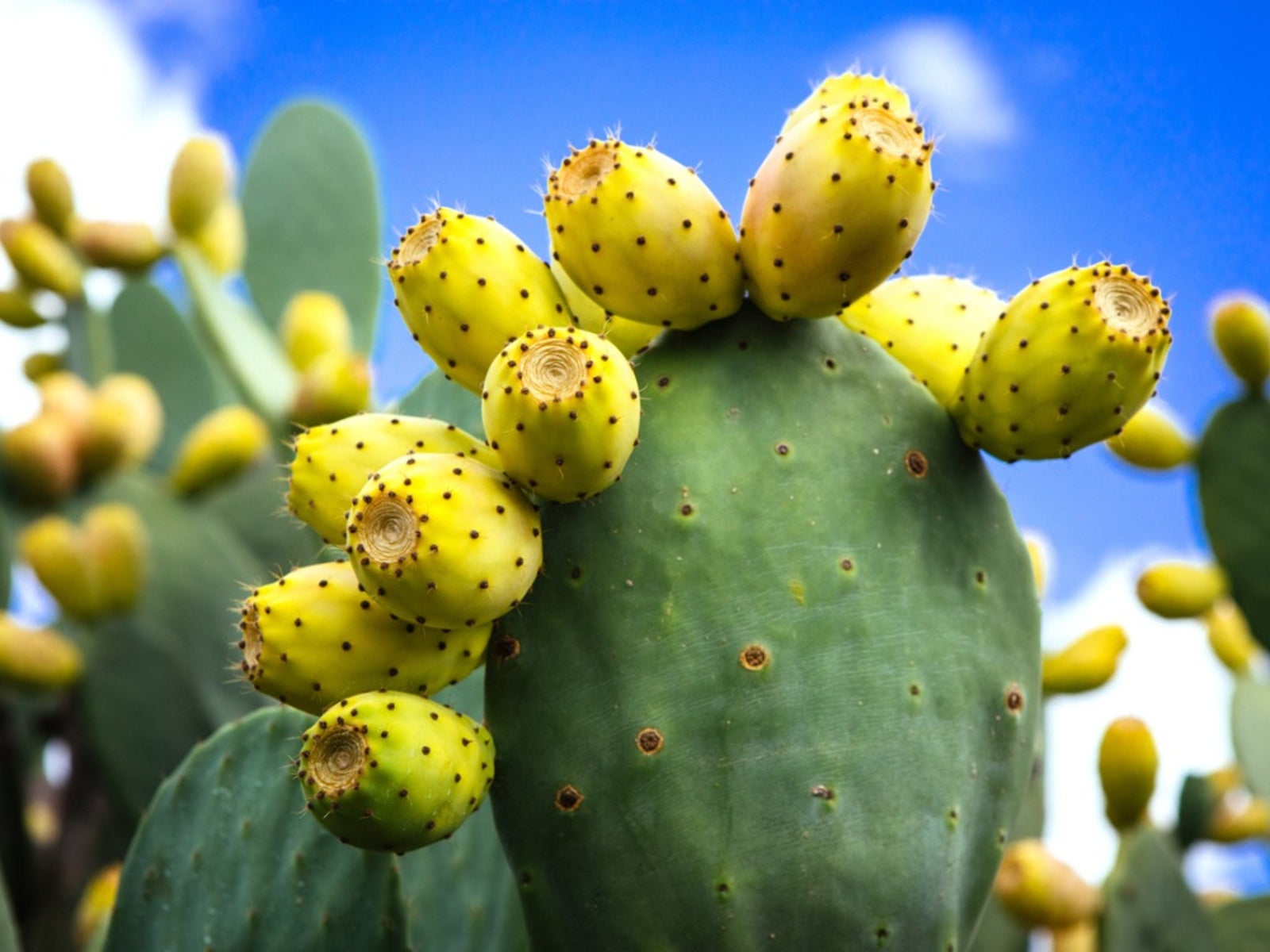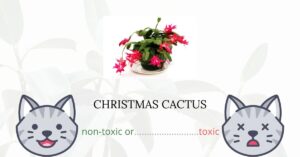Prickly pears, belonging to the Opuntia genus, are not only celebrated for their delectable fruit and ornamental value but also their resilience and adaptability to a variety of environments. However, like any other plant, they are susceptible to a range of diseases that can compromise their health and vitality. Understanding how to identify these diseases early can mean the difference between saving your prized prickly pear and watching it succumb to illness. This article delves into notable prickly pear diseases, their symptoms, and effective management strategies.
Before tackling specific diseases, it’s essential to grasp the significance of environmental factors. Prickly pears thrive in arid and semi-arid climates, yet they can suffer under the weight of excessive moisture, poor soil drainage, and extreme temperature variations. These challenges can predispose them to diseases, making vigilance imperative for any grower.
Ultimately, developing an eye for these maladies will empower any gardener to foster healthier prickly pears.
Recognizing Common Prickly Pear Diseases
Benefit from a thorough understanding of common ailments affecting prickly pears. Early detection of these diseases often translates into effective treatment and management, allowing the plants to flourish under proper care.
1. Phytophthora Root Rot
This soil-borne pathogen, typically thriving in wet conditions, can devastate prickly pear populations. Symptoms include stunted growth, yellowing pads, and, ultimately, soft, darkened roots. The disease thrives during periods of excessive rainfall or poor drainage, leading to a rapid decline in plant health.
To manage this affliction, aim to create an environment with excellent drainage. Plant in elevated beds if needed, ensuring excess water can escape. Infected plants often require removal to prevent the spread of the pathogen.
2. Pad Spotting
Caused by the bacterium Erwinia, pad spotting presents as small, dark lesions on the pads of prickly pears. These spots may harbor a smug appearance and can coalesce if the outbreak is significant. Computer diagnostics indicate that environmental stressors, particularly high humidity and injury to the plant, exacerbate the spread of this bacterium.
Addressing this issue involves maintaining proper hygiene in the garden. Remove affected pads promptly and consider using a fungicide to prevent secondary infections. Additionally, ensure the plants have adequate airflow around them to minimize moisture accumulation.
3. Powdery Mildew
This fungal infection manifests as a white, powdery coating predominantly on the surface of pads. While it may seem innocuous, powdery mildew can significantly weaken plants by reducing their ability to photosynthesize. High humidity and poor air circulation provide the perfect breeding ground for this pathogen.
Managing powdery mildew involves improving airflow by pruning nearby plants and ensuring adequate spacing. Applying sulfur-based fungicides or an organic solution like baking soda mixed with water can also provide relief. Regular inspection is paramount—early intervention often yields success.
Understanding Plant Stress and Disease Vulnerability
Pest infestations, nutrient deficiencies, and improper cultural practices can exacerbate disease susceptibility. Gardener intervention is crucial in creating a resilient greenhouse environment. Below are common culprits that stress prickly pears.
1. Pests of Concern
Scale insects, mealybugs, and aphids can sap the sap, weakening the plant and rendering it more susceptible to disease. Scale can often be spotted as small, raised bumps on pads. Mealybugs, on the other hand, are usually visible as white cottony masses at the joints of the pads. Regularly inspect your prickly pear plants for these invasive nuisances.
Integrated pest management (IPM) strategies—combining cultural, biological, and chemical controls—are often effective. Introducing beneficial insects like ladybugs can mitigate pest populations without compromising plant health.
2. Nutrient Deficiencies
Prickly pears require a balanced fertilizer that provides key nutrients. Insufficient phosphorus can lead to poor root development, rendering the plant more susceptible to diseases like root rot. Symptoms such as dark green pads and poor flowering often indicate nutrient deficiencies.
Regular soil testing can help avoid these pitfalls. Dedicated gardeners should provide balanced fertilization based on soil nutrient levels. Liquid fertilizers designed for cacti can be particularly beneficial.
Implementing Forward-Thinking Practices for Resilient Prickly Pears
Cultivating prickly pears necessitates proactive care. Observing and responding to environmental changes pays dividends in plant vigor. Here are recommendations for promoting healthy growth.
1. Environmental Control
Position prickly pears in localities that receive ample sunlight and maintain well-drained soil. Mulching can help retain moisture while preventing erosion, yet it is vital to keep mulch away from the base of the plant to deter rot.
2. Regular Monitoring
Routine checks for signs of disease or stress will foster early detection of potential problems. Keeping a garden journal can help track weather patterns, pest activity, and plant responses over time.
3. Pruning and Maintenance
Surgical precision in pruning the pads may prevent the spread of infections. Always sterilize tools before and after use to mitigate the risk of cross-contamination from one plant to another.
Prickly pear disease management might seem daunting, yet informed practices invite possibility. By understanding the challenges they face, gardeners can make informed decisions that not only protect their plants but also engender a deeper appreciation for this remarkable genus. When properly tended to, prickly pears can thrive, rewarding growers with beautiful, resilient flora and bountiful harvests.





Leave a Comment